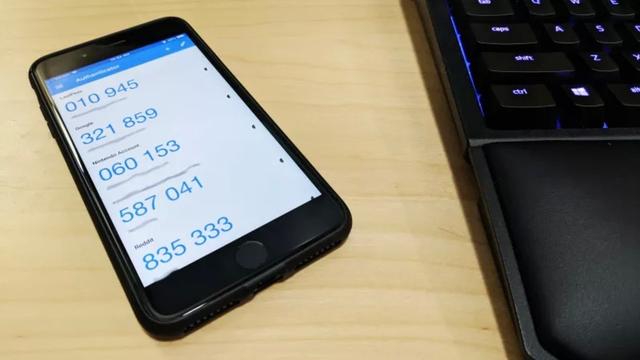Organize how to enter various characters that are not in the key top on Windows
By adding French and German key layouts, the "Alt GR" key will be available.If you press the key while pressing the Alt GR key, you can enter special characters specific to each language.The screen is for International array corresponding to multiple languages
As a result of UNICODE's support in many computer environments, a lot of characters and symbols can be used easily.However, most of the characters included in Unicode are not placed on the keyboard, and cannot be entered by pressing the key.
This time, we will explain how to enter such "characters not on keyboards".Characters that are not on the keyboard key top are generally referred to as "special characters" due to the explanation.There are multiple ways to input special characters on Windows 11.The following table summarizes how to input Windows 11 special characters.
There are various ways to enter special characters
The input of special characters actually varies depending on the input destination.It is necessary to consider where to input because there is a difference in the method that can be used when entering in the search column of the Explorer or in the notepad, or when entering the Word.
The other is the frequency and input pattern of special character input.For example, it is a different method to put a special character (for example, a trademark mark, etc.) in a foreign language other than English, such as once a year or not.Will be needed.Frequent characters every day will be able to remember the character code expressed in numbers immediately, but once every six months.However, it is too troublesome to select characters from the table every time, even though you have to enter several characters with accent in one line of the text you are creating.
If your daily work is easier, you don't feel stressed on changing Windows settings, but it's hard to prepare or just prepare a function that is used only once a year or just before.
For this reason, the following table is the one that is organized from the four perspectives of "target", "efficiency", "preparation", and "proficiency".
Select one letter from the character code table app and enter
The only way to use the "character code table" app, a standard Windows app, is unnecessary and unwanted to remember anything.
Windows standard application "Character code table".Select characters from the list and copy them to the clipboard
In Windows 11, it is in the Windows Tool from all the apps on the start menu.This app allows you to enter a special character by selecting the text from the list and pasting it to the target via the clipboard.However, it is not suitable for entering a large number of characters.It may be for occasional entry of symbol characters.
Search from emoticons and touch keyboards and enter
The emoticon panel is "Win +.(Pilliod) "Open.In Windows 11, not only emoticons but also symbols are also possible.Almost the same function is also installed on the touch keyboard.
Symbols can be entered in Windows 11 emoticon panels.Open with "Win + period" and click the top symbol icon to display the symbol list in the panel window.The upper clock icon is for displaying the input history
The touch panel of Windows 11 has a symbol input function equivalent to emoji panels.Unfortunately, the width of the keyboard is protruded, and there is a button that cannot be pressed.

The touch keyboard has a larger window and can display a wide range of special characters at a time, but there is a character button that cannot be pressed because the character display area does not scroll.On the other hand, the emoticon panel has a upper and lower scroll, so all special characters can be displayed.
Like the character code table app, it is a selection from the table, but it has a function to remember the recent emoticons and symbol characters as a list, so it is a little efficient when used repeatedly the same character.
Convert character with IME and enter
If you are a Japanese user, it will be the easiest way to understand.IME for Japanese input has character selection functions such as IME pads (MS-IME) and character palette (ATOK).
MS-IME IME pad.If you select a character category in the tree on the left, you will find a list on the list on the right.
Basically, it is the same as the character code table application, but the characters are organized for each category, making it easy to find.Another advantage is that if you use the IME word registration, you can register "Yomigana" in special characters that are frequently used and convert.In the case of "÷" or "x", it is often registered in the IME dictionary from the beginning.
However, the basics are selected input from the list, not input efficiency.This is an advantage when Japanese documents sometimes contain words containing special characters and accents.
Add a keyboard layout to the language
Windows allows you to register multiple "Language Experience Pack", and each language has multiple "keyboards" (logical keyboard layouts, and in parentheses to avoid misunderstandings with hardware).Can be installed.
This "keyboard" is not a hardware array, but a correspondence table between the keyboard scan code and the character code (virtual key code) of Windows."Keyboard" can be added regardless of the connection of the connected physical keyboard (key top engraving).In addition, the "keyboard" has a keyboard array for each language such as French and German, which can register and use multiple "keyboards" for one "language pack".
Depending on the language, it may be frequently used, such as characters with accents outside the ASCII code, and the keyboard is assigned to these characters.In the case of Windows, the hardware and key sequences are completely separated, and various keyboard arrays can be used regardless of the hardware (letters written on the key top).
If you need to create documents in a language other than Japanese, such as French and German, you can use it in an optimized array by registering a "keyboard".You will be able to directly enter characters that are used in each language, such as accent symbols and umlaut symbols, directly from the key.
Switching operation of logical keyboard layout is possible with "Win + space".This is a method of using it when a user who is proficient in each language concentrates and creates documents.In addition, since this method is also effective on a touch keyboard, it can be used for systems that do not have a physical keyboard such as tablets.
However, Japanese IME is incorporated as one of the "keyboard" (logical keyboard layout) of Windows "Japanese", so you cannot enter Japanese while switching to other languages / keyboards.There is a problem.In addition, "Japanese" language pack cannot register "keyboard" other than IME.
Windows "English" contains multiple language keyboards.In addition, you can select a "keyboard" of the "International array" that can support multilinguals.For this reason, "Settings" → "Time and Language" → "Language and Region" → "English (USA)" is added.
Add "English" in "Settings" → "Time and Language" → "Language and Region", and open "Language Options" from the menu icon on the right
Add the "keyboard" required in the "Add Keyboard" button from the "Language Options" (the right hamburger icon) button.
In the language option, add a "keyboard" (key layout) for each language using the "Add Keyboard" button.The added keyboard can be switched with "Win + space"
Although the array is different for each keyboard, it is possible to see the array by displaying the touch keyboard.
The "Keyboard" of "International Arrangement", "Spanish", "German", and "French", added to the "English" language pack.It becomes the optimal array for each language, so that you can directly enter characters with accents that are frequently used with keys.
The relationship between the keyboard keyboard and the input characters also follow the array displayed on the touch keyboard.Conversely, in Windows, even if you buy a Spanish keyboard and connect, you cannot enter the keyboard in the "Spanish" if the "keyboard" of the language is not "Spanish".
In the "keyboard" of various languages, the right ALT key may be the "Alt Graph" key.This is used to work as a modification key of another key, like a shift key, and to enter another character.
By using the "keyboard" of each language, it is possible to input with high efficiency, but it is necessary to learn key layouts.In my experience, if you keep input on a keyboard in a specific language for about half a day, you will remember your finger, so you don't have to worry too much, but it's certainly a high threshold.

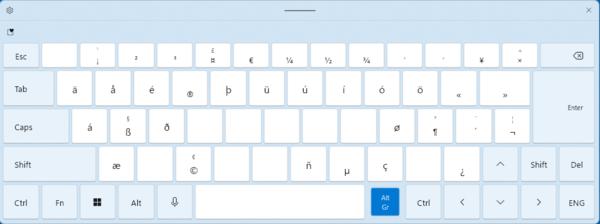
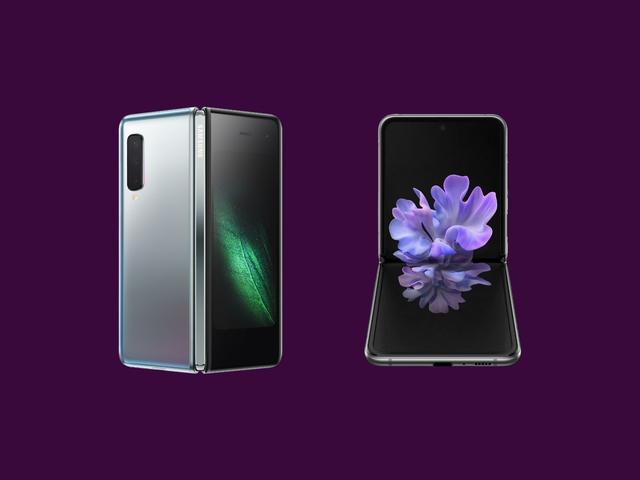
![10th generation Core i5 equipped 9.5h drive mobile notebook is on sale at 50,000 yen level [Cool by Evo Book] 10th generation Core i5 equipped 9.5h drive mobile notebook is on sale at 50,000 yen level [Cool by Evo Book]](https://website-google-hk.oss-cn-hongkong.aliyuncs.com/drawing/article_results_9/2022/3/9/4a18d0792cae58836b71b9f591325261_0.jpeg)

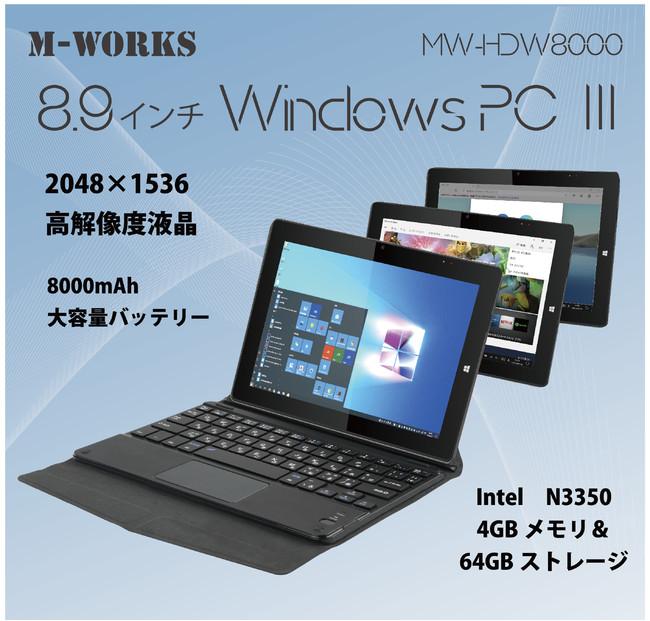
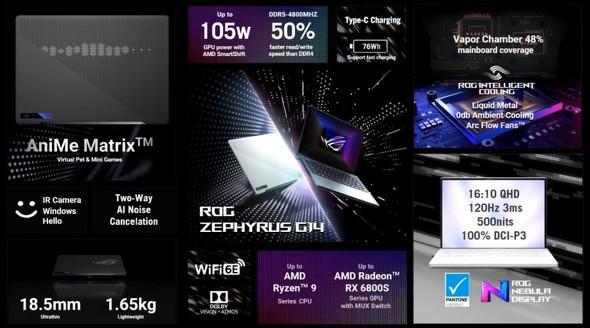
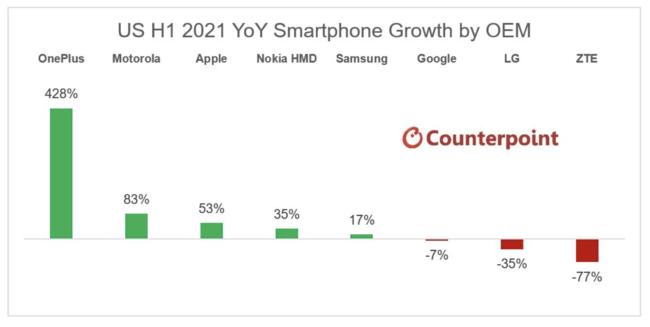
![[Amazon time sale in progress! ] 64GB microSD card of 1,266 yen and wireless earphone with noise canceling function of 52% off, etc. [Amazon time sale in progress! ] 64GB microSD card of 1,266 yen and wireless earphone with noise canceling function of 52% off, etc.](https://website-google-hk.oss-cn-hongkong.aliyuncs.com/drawing/article_results_9/2022/3/9/c88341f90bab7fe3ce1dc78d8bd6b02d_0.jpeg)
